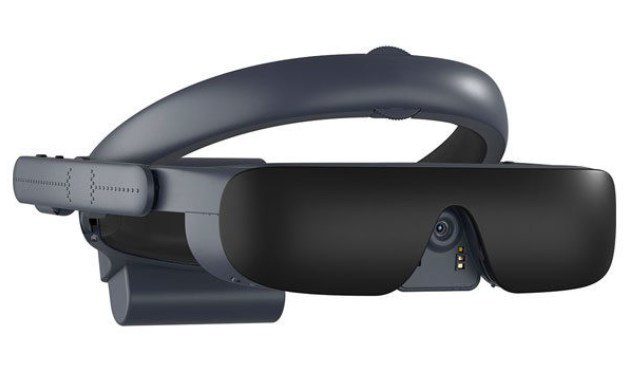October 28, 2020
eSight4 is now available in select European countries, expanding its goal of providing sight to people with visual impairment on a global basis. The news was announced today. The wearable medical device can be purchased in the United Kingdom, Germany and France, with more countries to be added in 2021.
eSight 4 obtained its CE Mark in August, meeting the European Union’s standards for health, safety and environmental protections.
“Since the launch of eSight 4 in North America, response from vision care specialists, distributors of assistive technology and the low vision community has exceeded our expectations. We’ve heard from people in Europe who can’t wait to get their hands on the device. Our expansion into Europe is the first step in reaching a larger audience, so we can change lives for even more people around the world,” said Gregory Ogorek, eSight’s Chief Operating Officer and President, International.
According to the European Blind Union, there’s an estimated 30 million blind or partially sighted people in Europe, and an average of one in 30 Europeans experience some form of significant sight loss. Of this group, the average unemployment rate is over 75%, but with eSight this number could be significantly reduced as it allows people living with visual impairments to perform job duties.
eSight 4 device works by combining a best-match camera and lens technology with advanced sensors and proprietary algorithms to maximize the quality of information sent to the brain, which in turn dramatically augments sight. A typical eSight user has visual acuities from 20/60 to 20/800, with some as high as 20/1400, caused by more than 20 different eye conditions including macular degeneration, diabetic retinopathy and Stargardt’s disease. Wearing eSight, many achieve 20/20 acuity.
Wireless and hands-free, with vision controls built right into the headset, eSight 4 is the most mobile device yet, allowing users to remain active, while enjoying the benefits of eSight. New features include:
- A halo band to improve comfort with an easy-to-swap battery in the back that evenly distributes the weight around the head for all-day use.
- eSight’s patented bioptic tilt, which allows users to see what’s in front of them and what’s around them with their natural peripheral vision.
- The new device is cloud-based, so wearers are provided with easy and instant access to the latest features and can invite loved ones to see what they are seeing and help manage their eSight experience.
- Mobile apps for Android® and Apple® smartphones provide advanced features including the ability to view their mobile screen on their eSight where they can freeze and zoom to see tiny details, stream videos on their phone and view it through their eSight, as well as save and share photos and videos captured on their eSight.
“Just looking at the statistics from the European Blind Union, it’s clear there’s a need for eSight in the continent,” said Ogorek. “Our expansion into Europe is the tip of the iceberg, but will benefit thousands of more individuals so they can return to work and enjoy all aspects of daily life.”
Distributors of assistive technology and eye care professionals interested in representing eSight 4, as well as individuals interested in more information on how eSight can benefit you or someone you know, visit here.
